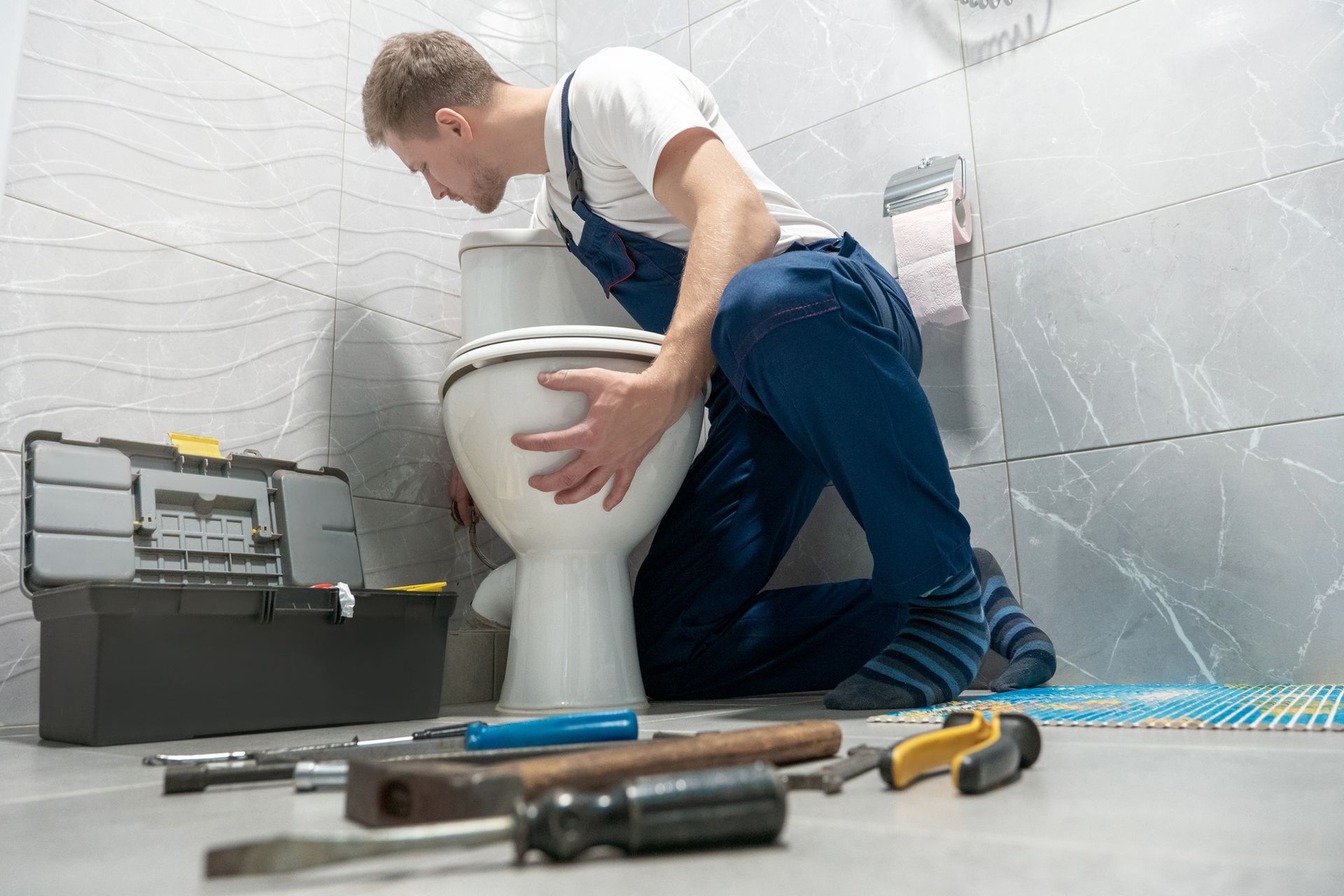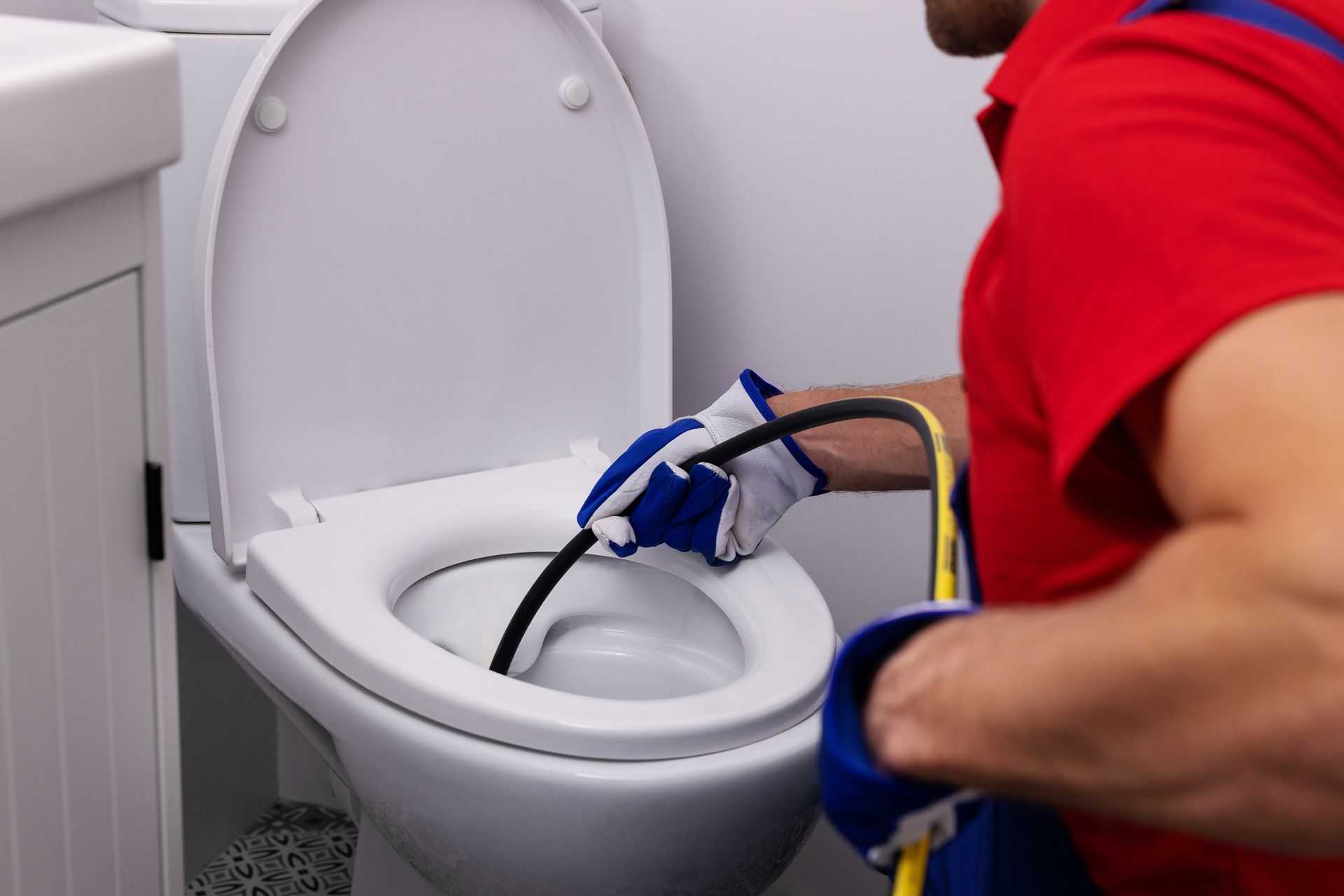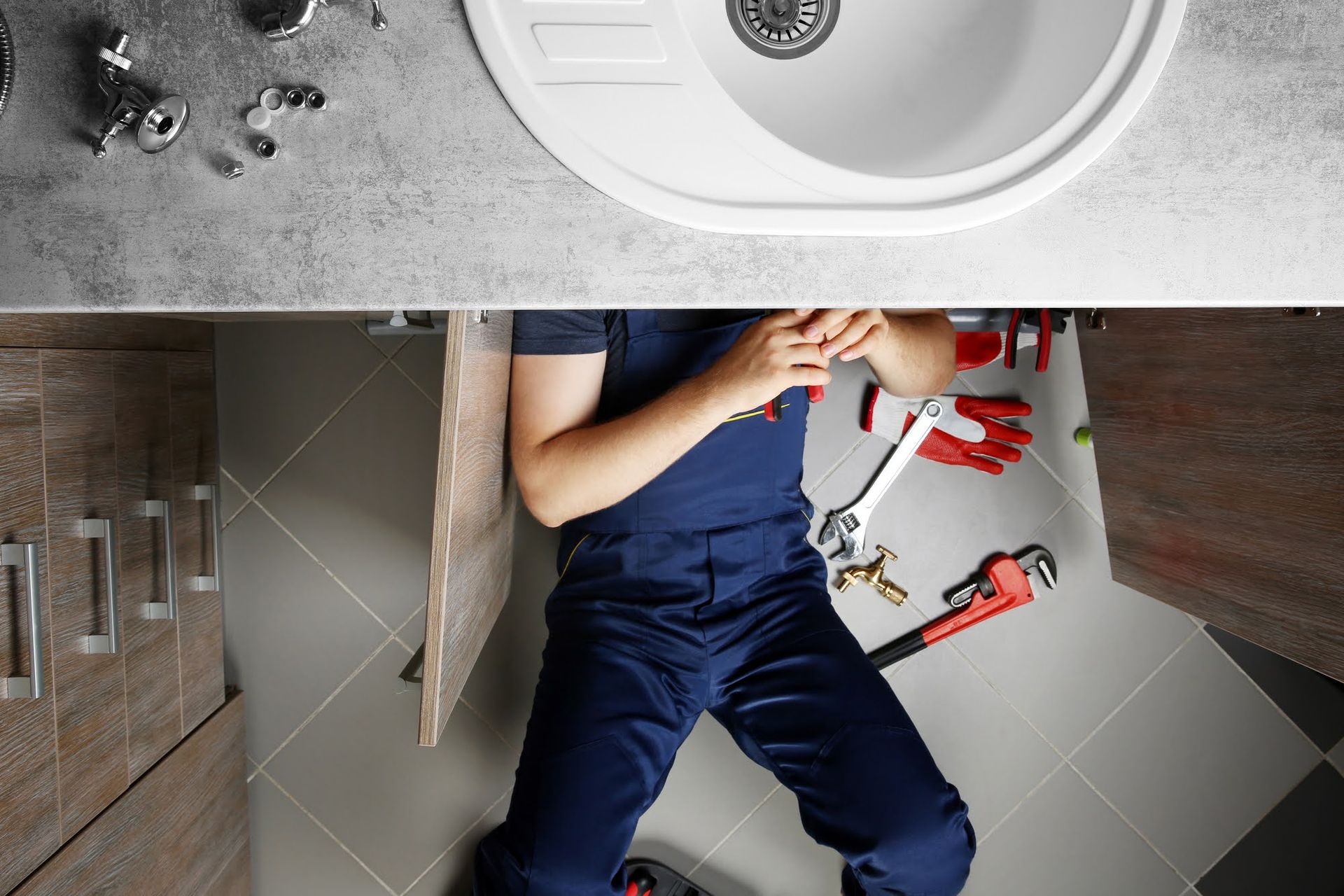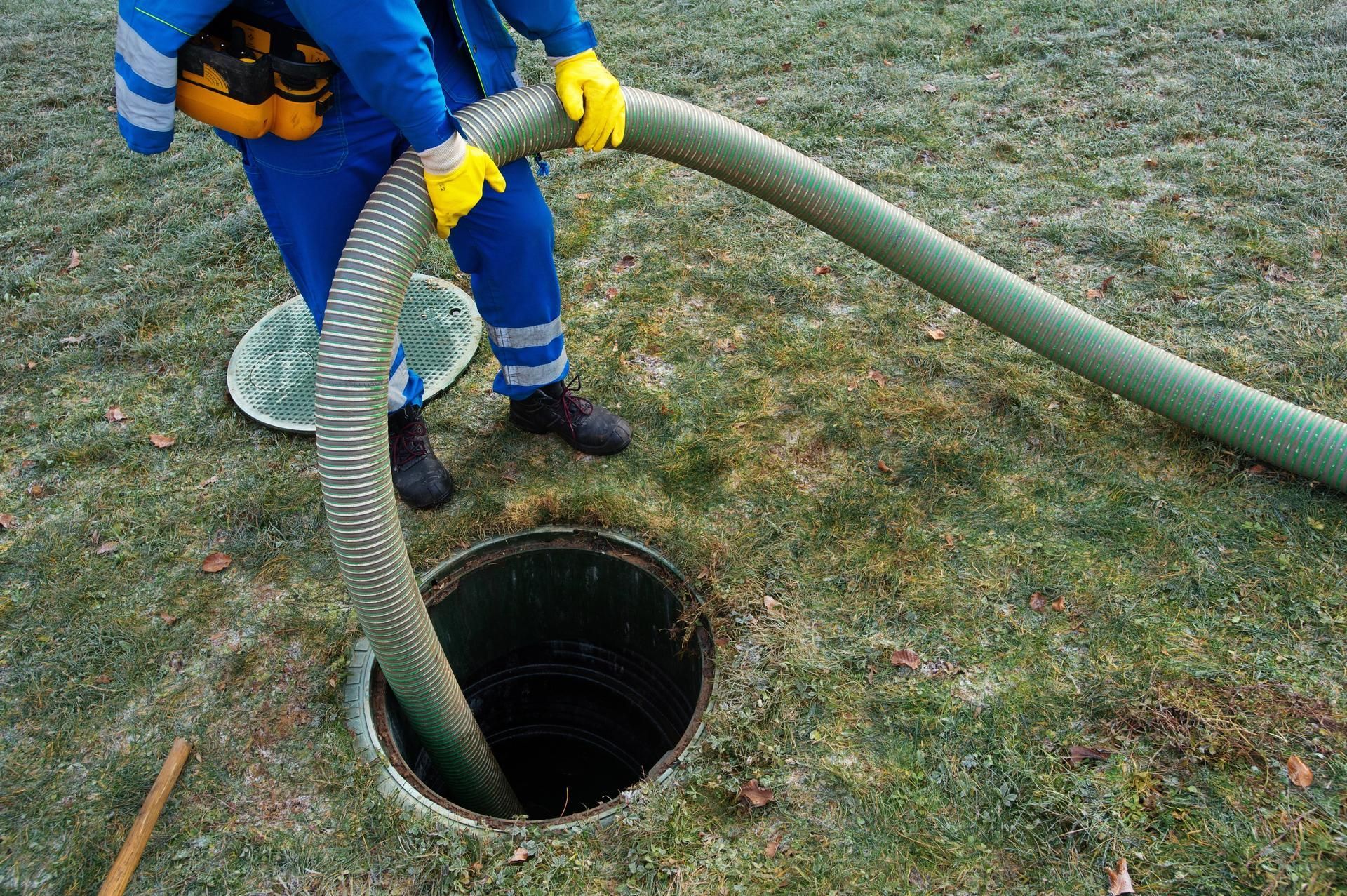How to Maintain and Clean Your Garbage Disposal

A garbage disposal is a powerful appliance, but it does have its limitations. The disposal can keep your kitchen fresher and provide an eco-friendlier waste solution when used correctly. But, poor usage habits lead to damaged blades and clogged drains. Make sure you treat your garbage disposal kindly.
Know What Shouldn’t Go Down the Disposal
Bones, popcorn kernels, and seeds make up the short list of foods that are not safe for a garbage disposal. But pasta, onion skins and potato peels must be avoided as well. Pasta is a problem because it swells in water. The natural swelling effect causes the food to expand and block the pipe.
The outer layer of onions and potatoes cause issues because they are so thin. The tiny peelings can easily bypass the blades and flow directly down the drain and make a clog inevitable. The starch in potatoes also makes the peels tacky. Instead of flowing down the drain, the skins stick to the sidewalls. If you are unsure if a food is safe for the disposal, it's best to throw the item in the trash can.
Run It With Water
The garbage disposal’s blades chop foods up into tiny pieces, but the water is what forces the food down the drain. Always turn on cold water when operating the disposal. Hot water will soften fat and grease naturally found in certain foods. Any oil left on the blades will solidify and build up on the blades.
Before you put any food in the disposal, allow the water to run for a few moments. Do not turn the water off until you have loaded all the food and no longer hear the grinding noise. If you turn the water off too quickly, the chopped-up food particles will settle around the blades. As the food rots, it will make your kitchen smell awful.
Load It With Care
A garbage disposal works best when you send food into the drain slowly. The disposal's blades and motor can only work but so fast. When you force too much food into the disposal at one time, you could jam the system. Jams occur when food gets stuck between the drain opening and its blades.
Loading too much food can also cause damage to the motor. Only put small amounts of food down at a time. If you have a lot of food, chop it or break it apart into smaller pieces to minimize some of the stress you put on the blades and the motor. But if you have an excessive amount of food, you may want to put some of the food waste in the trash.
Remember to Clean
Grime, dirt, and food particles settle around the garbage disposal’s sidewalls and blades. The buildup can dull the blades and create a foul odor that will radiate throughout your home. You should make cleaning a regular habit to avoid either consequence.
To clean your disposal, pour ½ cup of baking soda down the drain. Follow up with ½ cup of vinegar and place the drain stopper over the opening. The two solutions will create a fizzy reaction that loosens the buildup and allows it to flow down the drain.
For tough buildup, add a cup of vinegar and ice cubes to the disposal; allow the disposal to run until the solution has cleared. The ice scrapes away the food, and the vinegar deodorizes.
Follow these tips to keep your garbage disposal in good condition. However, if you do happen to have a problem with your disposal, our team at Michigan Plumbing Sewer & Drain Cleaning Inc is happy to help
you.
















